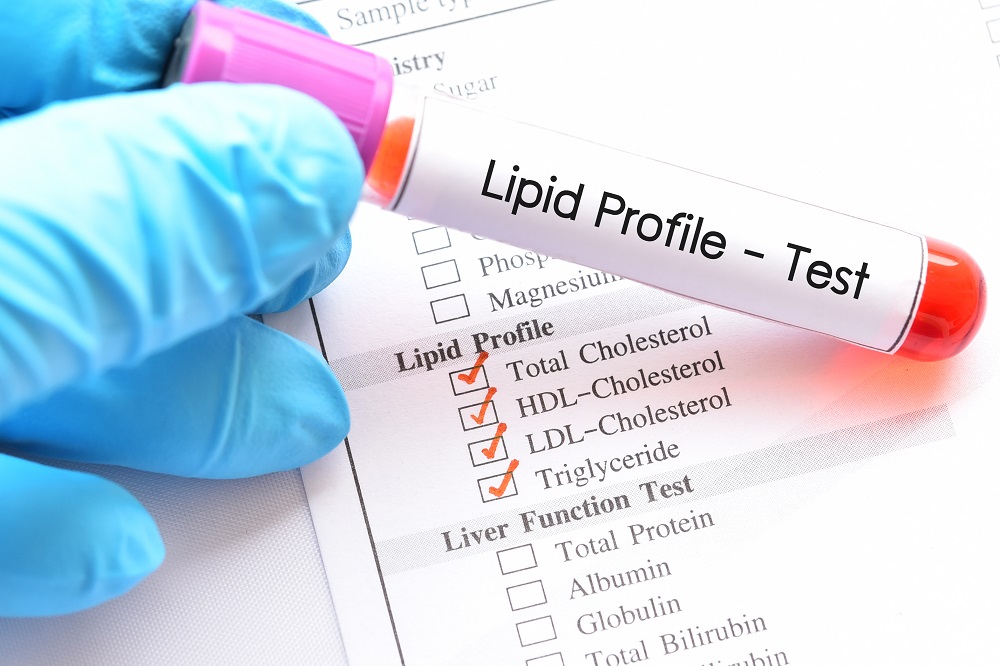Lipid Profile Test: What Should You Know About It?
Mukesh Prajapati Follow
10 June, 2021

Good heart health is important. But the unfortunate truth is that increasing stress and changing lifestyle is the key reason for this. Ignoring your heart health can be dangerous for you, and ignoring it for long can lead to stroke. In addition to adopting a healthy lifestyle, going for the right diagnostic test at the right time can be helpful. One of the important tests that will reveal your heart health status is the lipid profile test. It is a combination of tests that checks if there is any risk of coronary heart disease.
What does this lipid profile test include?
A typical lipid profile test will help in diagnosing:
- HDLC or High-Density Lipoprotein, which is also called the good cholesterol
- LDLC or Low-Density Lipoprotein Cholesterol of bad cholesterol
- Ratio of LDL/HDL
- Total cholesterol level
- Triglycerides
Lipids are a fatty substance which gets stored in the blood and tissue. These are used as the source of energy. While these are required to provide energy to the body, their accumulation can result in lipid disorders like heart attacks, strokes or coronary artery disease. If you have higher cholesterol level then you need to avoid fatty foods and you must go for proper medication in this regard.
 When should you opt for lipid profile test?
When should you opt for lipid profile test?
While we are so careful about your health, ignoring certain symptoms can be fatal for your health. In case you are noticing any of the following symptoms, it can be because of an abnormal level of lipids:
- Pain in the upper back
- Uneasiness
- Pain the chest, or you notice squeezing sensation in the chest
- Hypertension
- Shortness of breath
- Arm pain
- Heartburn
- Nausea
Lipid profile test is useful in assessing the success of a treatment or checking the effectiveness and impact of the drug therapy. Getting tested at the right time will help in preventing medical conditions. Even if you are perfectly fit, you also need to go for this test every four years to get the diagnosis done at the right time. Sometimes, you can find some abnormalities in your lipid profile due to side effects of medicines and you need to consult to doctor to decrease the dosage of such medicines.
People who are at a higher risk are the ones who:
- Smoke
- Have hypertension issues
- Are diabetic
- Have a family history of heart disease
- Obesity
- Heart attack
- Males above the age of 45
- Females above the age of 50
What is the normal lipid level in the body?
A normal and healthy individual will have the cholesterol level in the normal range. You can check the following table:
- Normal range for total cholesterol Less than 200mg/dL
- Low Density Lipid Cholesterol range 70 to 130mg/dL
- High Density Lipid Cholesterol range 40 to 60mg/dL
- Triglycerides 10 to 150 mg/dL
This is the normal range of lipids, anything that falls beyond this range is not normal, and you may be at risk of heart attack or heart disease. After observing all the test reports, the doctor might also tell you to go for other tests like thyroid test to check if there is an underactive thyroid and blood glucose test to check if you have diabetes or not.
While the lipid profile test will help in diagnosis of the health issue, you must not undermine the importance of good eating habits, a healthier lifestyle, and exercising. For your lipid profile test, you need to choose the best diagnostic centre. In this case, you can take suggestion from your doctor.
You may like
09 February, 2024
Use These Tips To Enjoy The Benefits Of Acupuncture
09 February, 2024









